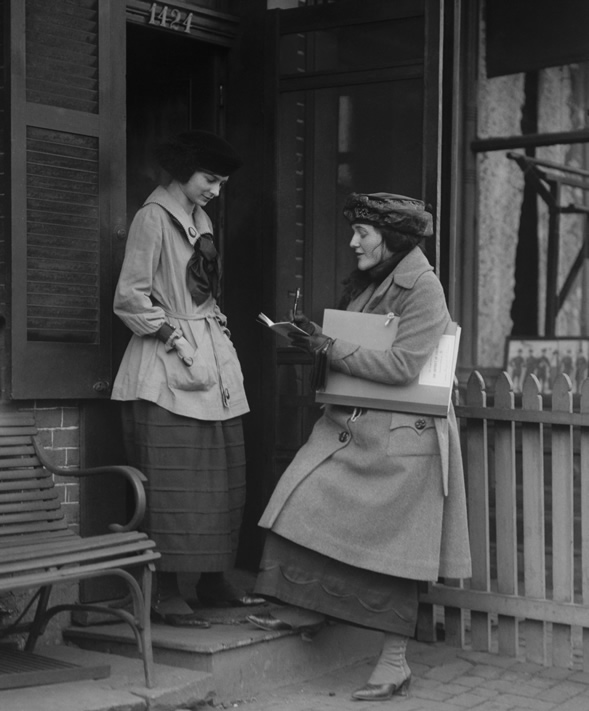Research Suggests a Better, Cheaper Way to Conduct U.S. Census
An SDSU team has found a faster, more accurate method of collecting data than the current systems of mailed paper surveys and face-to-face human interaction.

For more than 200 years, the federal government relied on door-to-door visits to each residence in the United States to conduct the census every 10 years. Beginning in 1960, the U.S. Census Bureau came to rely primarily on mailing surveys to households, though government employees still knock on doors of those who are unable or unwilling to return their forms.
And while technology has altered almost everything since 1960, the method for collecting census data remains virtually unchanged.
With this in mind, a group of researchers from San Diego State University and the University of Oklahoma has proposed that the census could be completed using data from government and private industry sources such as the IRS, financial institutions, the Department of Motor Vehicles and consumer credit bureaus—no mail required.
The team found it would be possible to collect the data much faster and more accurately than the current systems of mailed paper surveys and face-to-face interaction allow. Additionally, they found that existing data could provide more comprehensive financial information—including where people are living in poverty—than the traditional census measurements.
Research team members are: SDSU alumnus James Kelly; SDSU management information systems (MIS) professors Murray Jennex and Kaveh Abhari; director of SDSU’s Visualization Center, Eric Frost; and Alexandra Durcikova, MIS professor from the University of Oklahoma.
The team noted two hurdles to implementing a census via data sharing: privacy issues and convincing the agencies involved to share their information. Their research determined the issue of privacy could be addressed by stripping out all personally identifiable information (PII) such as names, social security numbers, email address and other identifiers not required for census analysis.
“Stripping out the PII is critical since cyber criminals are savvy enough to bypass even the most sophisticated data security measures,” Jennex said. “Creating a data system that accepts only non-identifying data required by the census—number of people in a household, household income, etc.—will protect privacy since it isn’t in the system anyway.”
The biggest challenge
More difficult is the potential development of a system that allows agencies and institutions to share their data.
“Government agencies tend to keep their information in silos, even though it would be of great benefit to move it to an open data system,” Jennex said.
Where census data might show a household of two adults and one child, Jennex said, the IRS data could show whether the adults are married and if they are comingling funds.
This data, along with supporting data defining medical expenses, geographical location and property ownership, could then be used to determine if the one or both of the adults and their children are living in poverty, Jennex said.
“Using data in this manner would help government agencies create anti-poverty programs that are targeted toward people based on their location, household size, income and other factors,” he said. “It could also be used help to track those anti-poverty programs and their effectiveness.”
While the researchers believe a secured, open-source system to collect census data would be more efficient, they acknowledge that barriers to implementation may be too great to overcome for the time being. This means the 2020 census will be administered just as it was in 1950, when Dwight Eisenhower was president.



